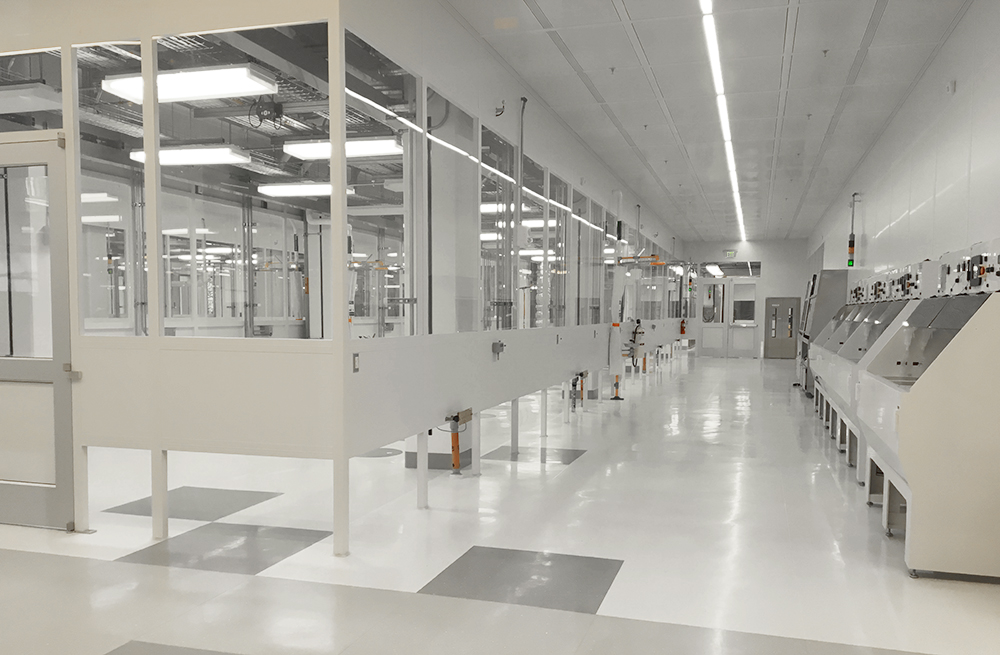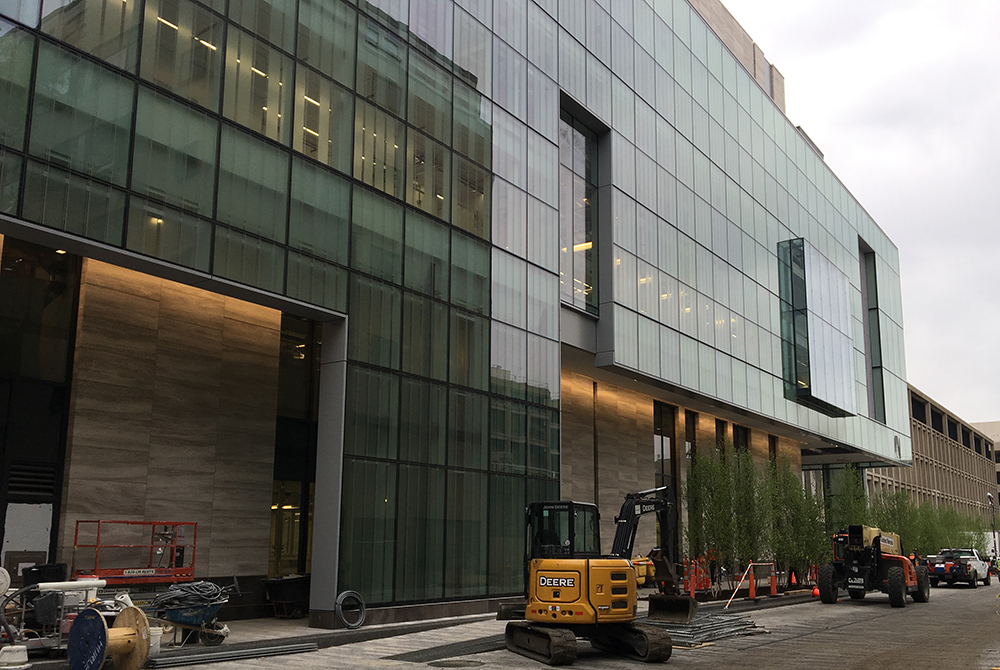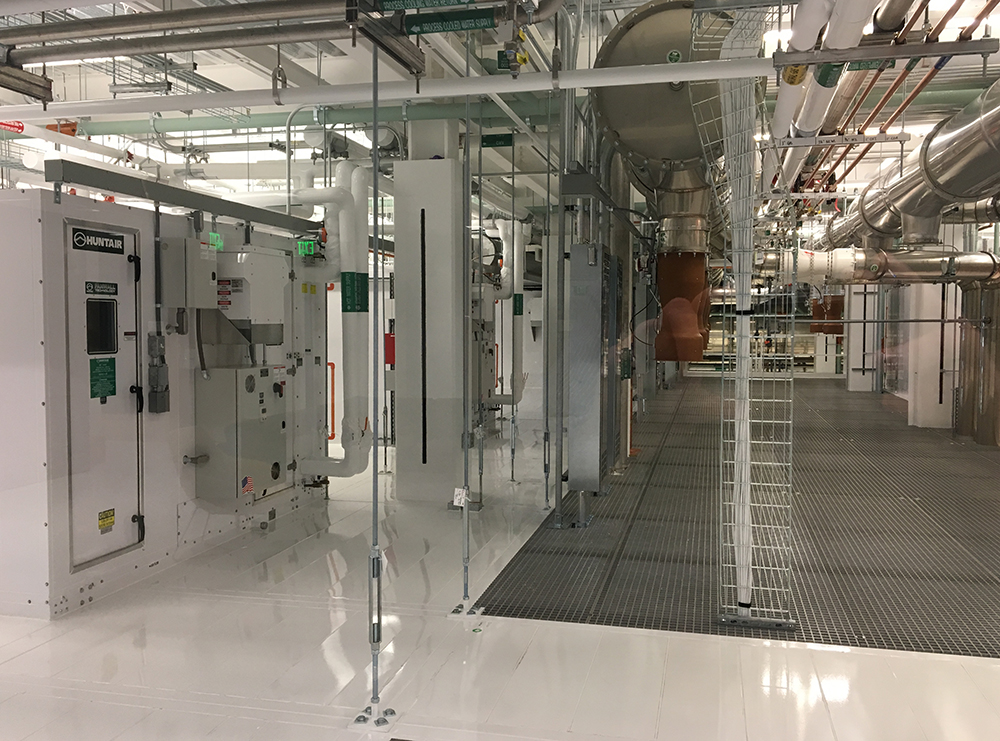Commissioning MIT Nano: Research on the Smallest Scale Requires Orchestrating Complexity



In 2018, the Massachusetts Institute of Technology (MIT) unveiled its most ambitious project in modern history: MIT.nano, a $400 million, state-of-the-art facility that combines nanotechnology, materials science, and engineering research across 216,000 square feet of building area. This LEED Platinum-certified complex houses a cluster of world-class laboratories, including class 100 and 1,000 cleanrooms, imaging suites, a nano-makerspace, and chemistry teaching laboratories enhancing the work of dozens of academic groups from various disciplines.
There was nothing routine about the construction of MIT.nano. Located prominently in the heart of the MIT campus, it required two enabling projects before new construction could even begin. The first involved demolition of one building and the second involved rework of infrastructure supporting other campus buildings. The deconstructed facility needed to be kept online and then later was demolished.
In the new MIT.nano building, custom mechanical systems were needed due to the large size and environmental requirements of the building’s two main clean room laboratories, each of which take up entire floors. Nanotechnology labs have stringent environmental requirements and must be tightly controlled to keep potential contaminants out to protect cutting edge research.
MIT needed a commissioning firm with proven expertise in both commissioning and project management to meet the demands of this highly unique research facility. Having successfully collaborated on numerous previous commissioning projects, MIT entrusted EH&E with all three projects – the two enabling projects and the construction of the Nano building. This speaks volumes about MIT’s confidence in EH&E’s consultative commissioning approach.
For this six-year project, EH&E brought a team with all the needed expertise in LEED commissioning and the sophisticated mechanical and containment systems that are vital to the performance and success of research facilities.